Tourists recognize Bantul for its artisan centers and as a center for creative businesses. Bantul’s artistic wares range from leather to batik to keris and are fantastic crafts for any traveler.
Leather Crafts, Manding
Manding Village is one of the largest leather craft sentras in the world. Since 1947, the town has been actively manufacturing leather craft.
Shoes, purses, and wallets of international quality are among the items manufactured. Manding Village items, like other leather crafts, are crafted from genuine leather using tatah timbul processes.
Tatah timbul is a technique for treating tanned skin in order to create an impact on the skin’s surface.
This carving method is a distinct feature that distinguishes genuine Manding manufacturing.
Another distinguishing feature is the hand-stitched method, which results in a distinct form than other items.
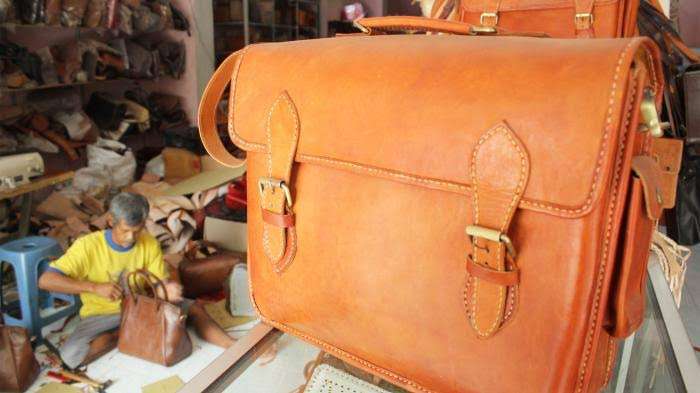

The town of Manding began producing leather crafts with a local called Ratno and many companions who visited the Museum Kereta Kencana in Yogyakarta.
They sought permission to study the leather creating technique after seeing artisans making horse saddles and leather seats.
Ratno urged his village inhabitants to help him make belts and bags in his early days by collecting discarded leather.
The finished products were subsequently sold in the Ngasem Market, which marked the beginning of the introduction of purchasers to the magnificent crafts of Manding Village residents.
Pottery Crafts, Kasongan
The horse and the Netherlands are key to the commonly circulating myth of Kasongan Village. During the colonial period, a horse believed to belong to a Dutch officer is discovered dead on a rice field.
The rice field owner was terrified, so he quickly fled and abandoned his property ownership. His action was followed by other people who lived beside rice fields.
So much land was left for newcomers who eventually acknowledged their rights to the property. The migrants began to use the natural resources surrounding them, such as clay.
Initially, they only made clay pottery for children’s toys and kitchen furnishings.
Later, an artistic aspect is introduced, and the product evolves into an artistic commodity with a high selling value.
Kasongan Tourism Village has grown at a remarkable pace since the 1970s. Sapto Hudoyo, a prominent Yogyakarta artist, assisted in the development of the Kasongan Tourism Village by encouraging his community to add different aesthetic and commercial elements to the design of clay crafts.
Now, the resulting pottery does not give the appearance of being boring and monotonous, but may have significant artistic and commercial value. Sahid Ceramics popularized Kasongan Ceramics on a wide scale in the 1980s.
Pandan Leaf Crafts, Soropadan
Soropadan is well-known for its woven pandanus leaf craft. Despite the fact that a covid epidemic had struck, woven manufacture was still capable of producing crafts.
The quality of these hand-woven textiles is comparable to that of exports and is in line with current trends, especially ecologically friendly products.
This woven object is made from pandan leaf, which is both ecologically beneficial and traditionally produced.
The majority of the woven artisans in Soropadan are seniors. Regarding young people who are reluctant to continue weaving pandan. The reason for this is the cheap of pandan mat crafts. For one month, the weaving process was only worth Rp50.000 (US$4) at the Beringharjo market.
Anticipating this issue, concerned individuals collaborate with artists to provide a solution. Paintings on pandan leaf woven medium can considerably raise the value of the piece.
Currently, the Soropadan village craftswomen had manufactured a few woven mats and were transitioning to manufacturing purses, caps, and other high-value items.
Leather Wayang Crafts, Pucung
For over a century, Pucung was known as a wayang (shadow puppet) village. The Bantul Regency administration has officially called the village Wayang Kulit Village.
Pucung is a tourist town in Kalurahan Wukirsari, about 2 kilometers from the Tomb of the Kings of Imogiri. Aside from its locals’ ability in producing leather puppets, its wonderful natural beauty with a rural environment is also a charm.

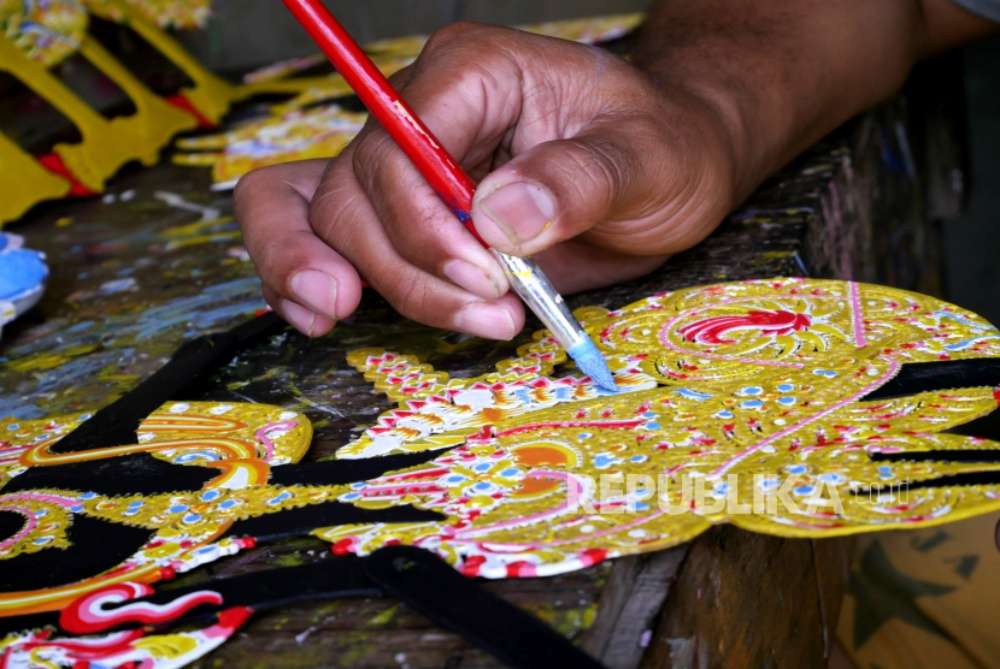

Pucung’s history as a community of leather puppet artisans began in 1917, when mbah Atmo Karyo was appointed lurah of Pucung village. Being a Lurah at the time required training from Panewu (Camat), who had a direct relationship with Jogja’s keraton. Sultan Hamengkubuwono VII immediately backed Mbah Atmo’s training. As a result, mbah Atmo might well be called the Keraton courtier informally.
Mbah Atmo, also known as Mbah Glemboh, was then assigned by the Sultan the responsibility of caring for and protecting the keraton’s wayang kulit. That’s when he decided to make his own wayang kulit. Mbah Glemboh began learning to make wayang kulit alongside four of his neighbors: Mbah Reso Mbulu, Mbah Cermo, Mbah Karyo, and Mbah Sumo.
Mbah Glemboh originally intended to show the Sultan the results of his handiwork. However, on the way, a Dutchman noticed the craftsmanship and bought it all. Furthermore, the owner of one of the famous batik businesses who happened to see the puppet brought it, then bought and displayed Mbah Glemboh’s wayang kulit in his batik shop.
Since then, mbah Glemboh’s wayang kulit has grown in popularity and become a best-seller. Until today, the son of mbah Glemboh’s heirs and all the inhabitants of Pucung actively preserved the tatah sungging wayang.
Keris Crafts, Banyusumurup
Keris is a UNESCO-designated cultural heritage site in Indonesia. Keris cannot be called a common craft since the manufacturer must have particular expertise while being royal descendants.
Keris Village is made up of the villages of Banyusumurup, Girirejo, and Imogiri. For hundreds of years, the predecessor of keris crafts has existed here. Mbah Sosro Manggolo is widely regarded as the forefather of Banyusumurup’s keris crafts. Mbah Mangu, his father, was a specialist in making warangka or keris gloves.
Mbah Djiwo Diharjo was one of Sosro Mergolo’s sons who faithfully continued the technique of manufacturing keris. He is the 19th descendent of empu Supondriyo from the kingdom of Majapahit, according to his ancestors.
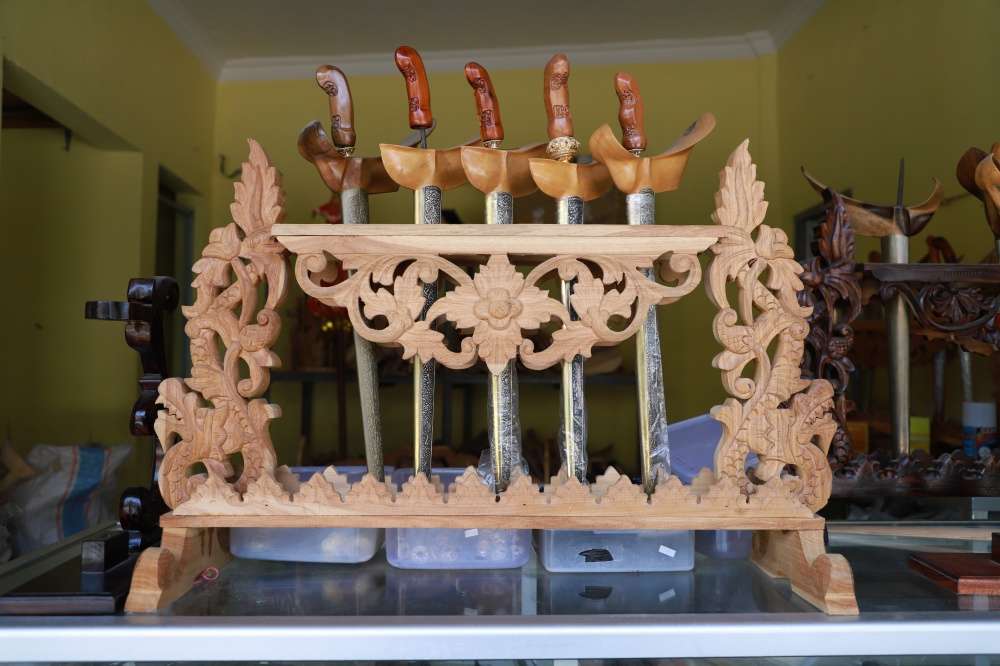
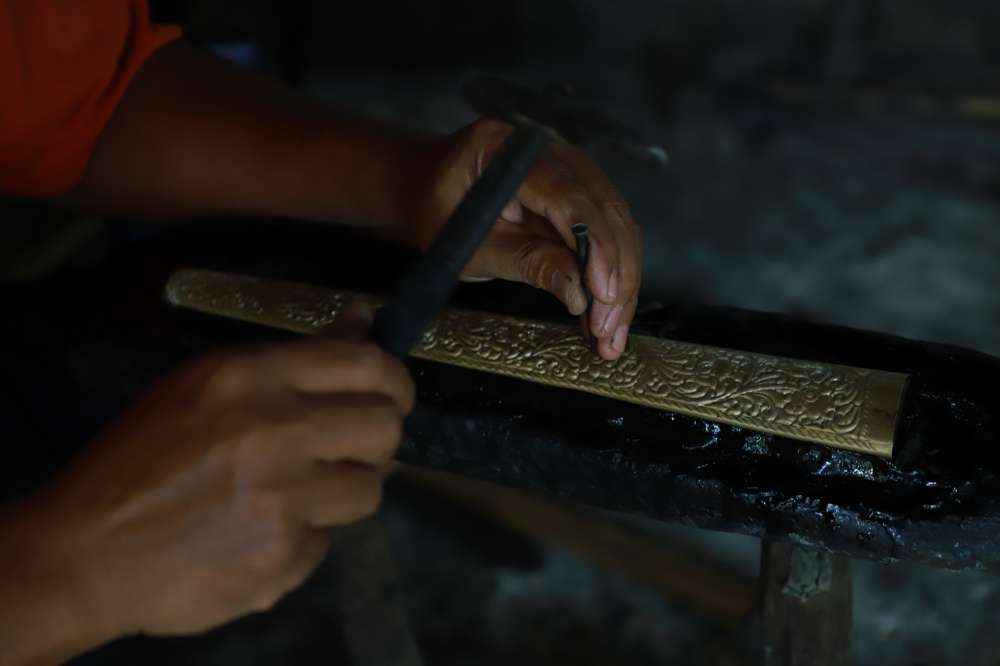
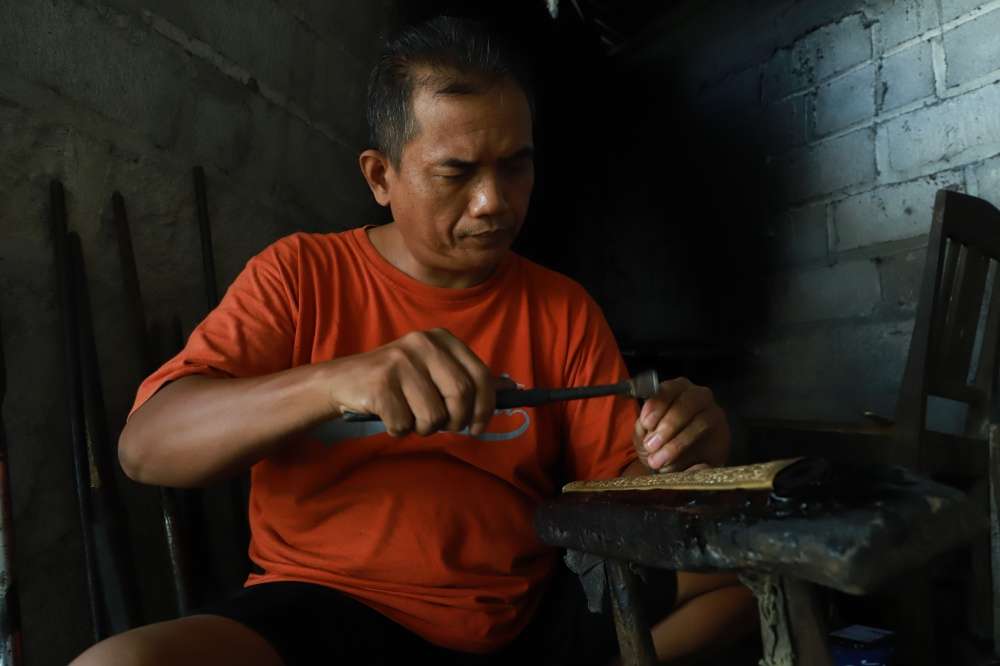
Keris was once used as an heirloom or magical relic in particular situations. Keris is now being addressed as an art item.
Because of latest innovations in the skill of manufacturing keris, persons who are not of empu origin may now create it as well. Keris and accessories, particularly those used for home and bridal décor, can be made by ordinary people.
The items in the Banyusumurup village include not just the blade but also the warangka and pendok pieces. Keris aficionados would enjoy visiting the Banyusumurup village, where they may get valuable information and experience by seeing the keris producers in person.
Batik Crafts, Giriloyo
Giriloyo is a village located near the Tomb of the Kings. The picturesque ambiance at the foot of the hill provides tourists with a sense of comfort and calm.
According to history, batik craft was most likely recognized during the 17th century, when the majority of the people became servants of the Yogyakarta keraton in responsibility of protecting and caring for kings’ tombs.
Some keraton relatives then hired the Giriloyo people, particularly the ladies, as batik nyanthing laborers. Giriloyo camp consistently produced semi-finished batik, which was subsequently supplied to batik dealers in downtown Yogyakarta.

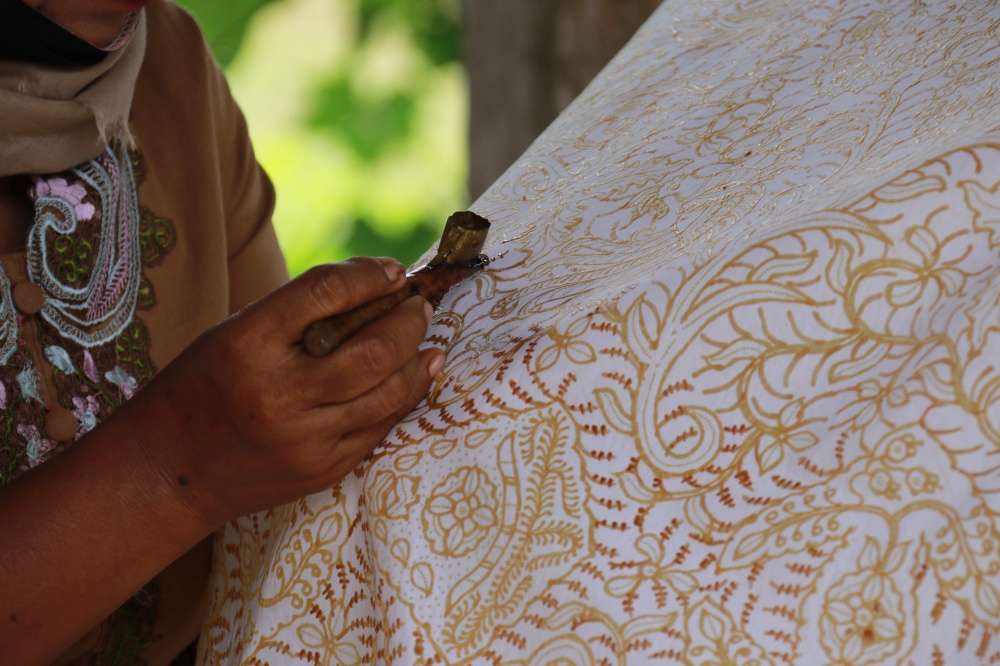
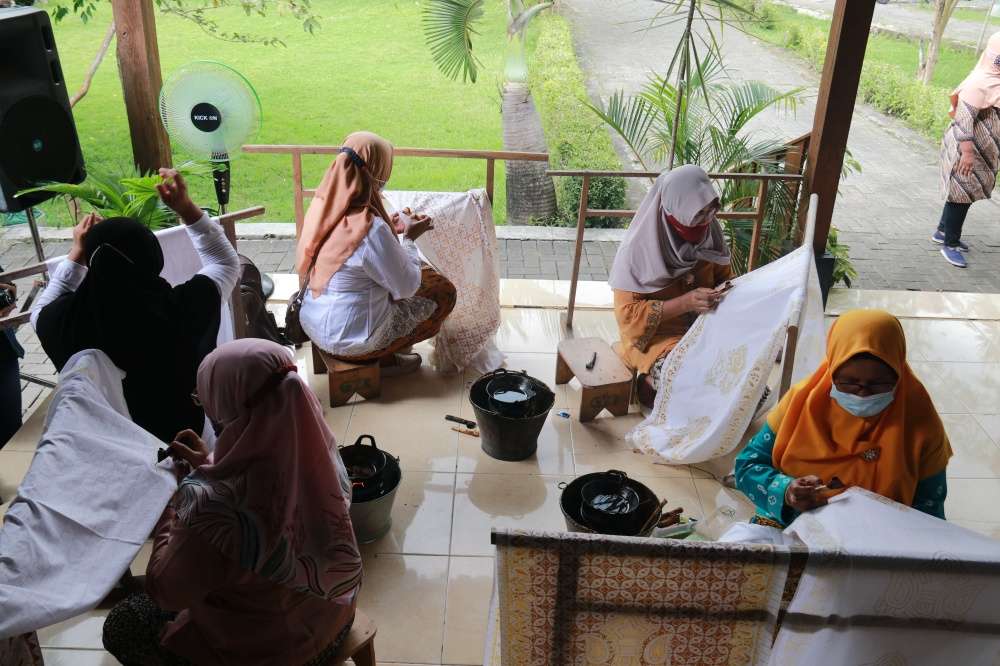
Giriloyo’s batik industry was halted by the devastating earthquake in 2006. The community is eager to reconstruct the batik camp with the assistance of non-governmental organizations.
Giriloyo’s camp can progress more faster than previously. Batik craftspeople are no longer limited to becoming batik nyanthing artisans who sell semi-finished goods. They can increase their ability to make completed batik that is ready to market via extensive instruction. When combined with appropriate marketing science, they are able to raise the level of their living economy.
Giriloyo now has hundreds of slate groups with gorgeous batik creations. Sentra Batik Giriloyo is frequently visited by tourists who want to watch the process of manufacturing batik, in addition to frequent visitors who want to buy batik. These tourists often range from school children, agencies, and families to foreign tourists.
Wooden Batik Crafts, Krebet
While batik is typically associated with writing and stamping methods on fabric, Krebet uses wood as its medium. Since the 1970s, batik artists in Sendangsari, Pajangan, and Bantul have employed wood as a medium for their work.
Beautiful, high-quality artwork The Krebet village is popular with both domestic and international tourists. Batik on wood takes a different set of skills than batik on fabric. Because wood material may only be handled manually, rather than through printing, production needs characteristic features.
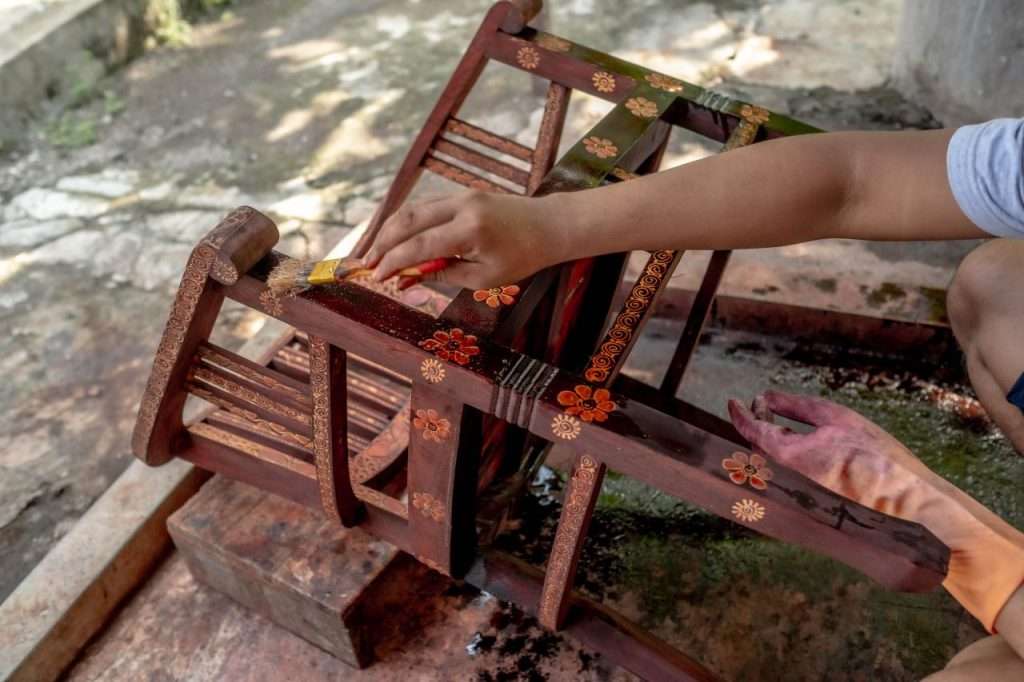
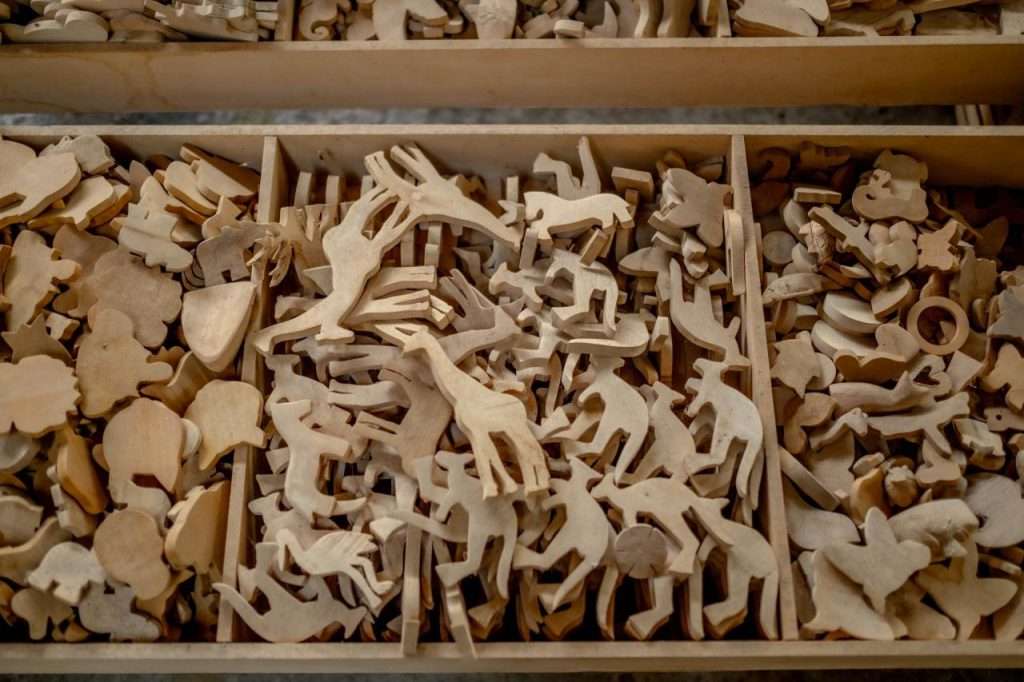

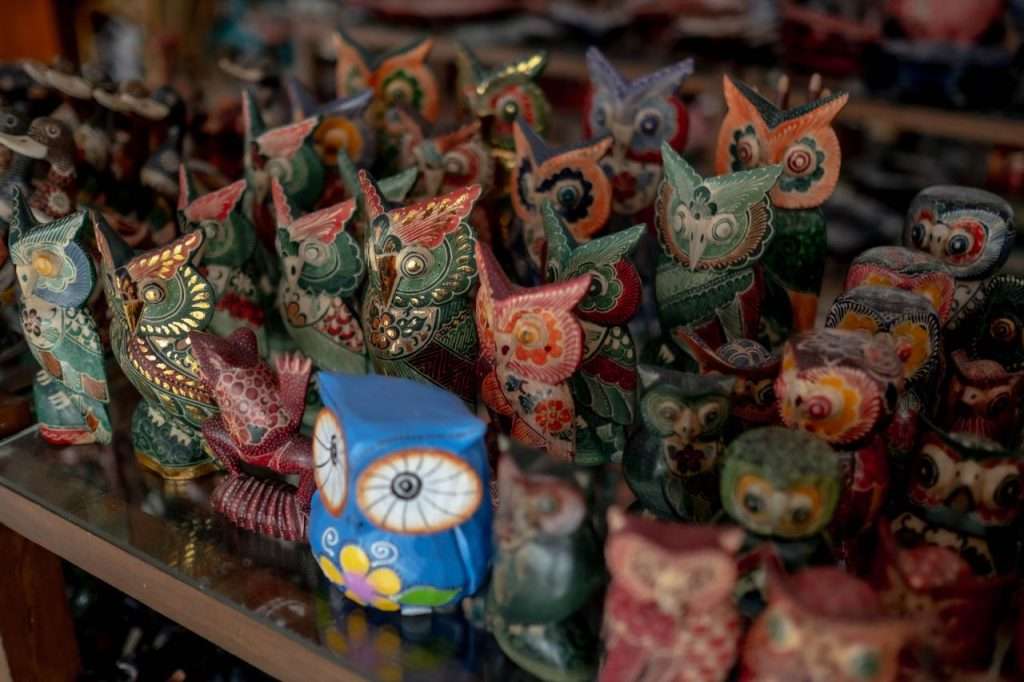
Parangrusak, parangbarong, Kawung, garuda, Sidomukti, and Sidorahayu are some of the batik motifs manufactured in Kampung Krebet.
Initially, just masks and puppets were available. Craftsmen, on the other hand, innovate and can manufacture a wide range of different things.
Cabinets, home furnishings, wooden sculptures, jewelry boxes, and other wooden batik decorations are among the crafts created by Krebet locals. Prices range from hundreds to millions of rupiah.

